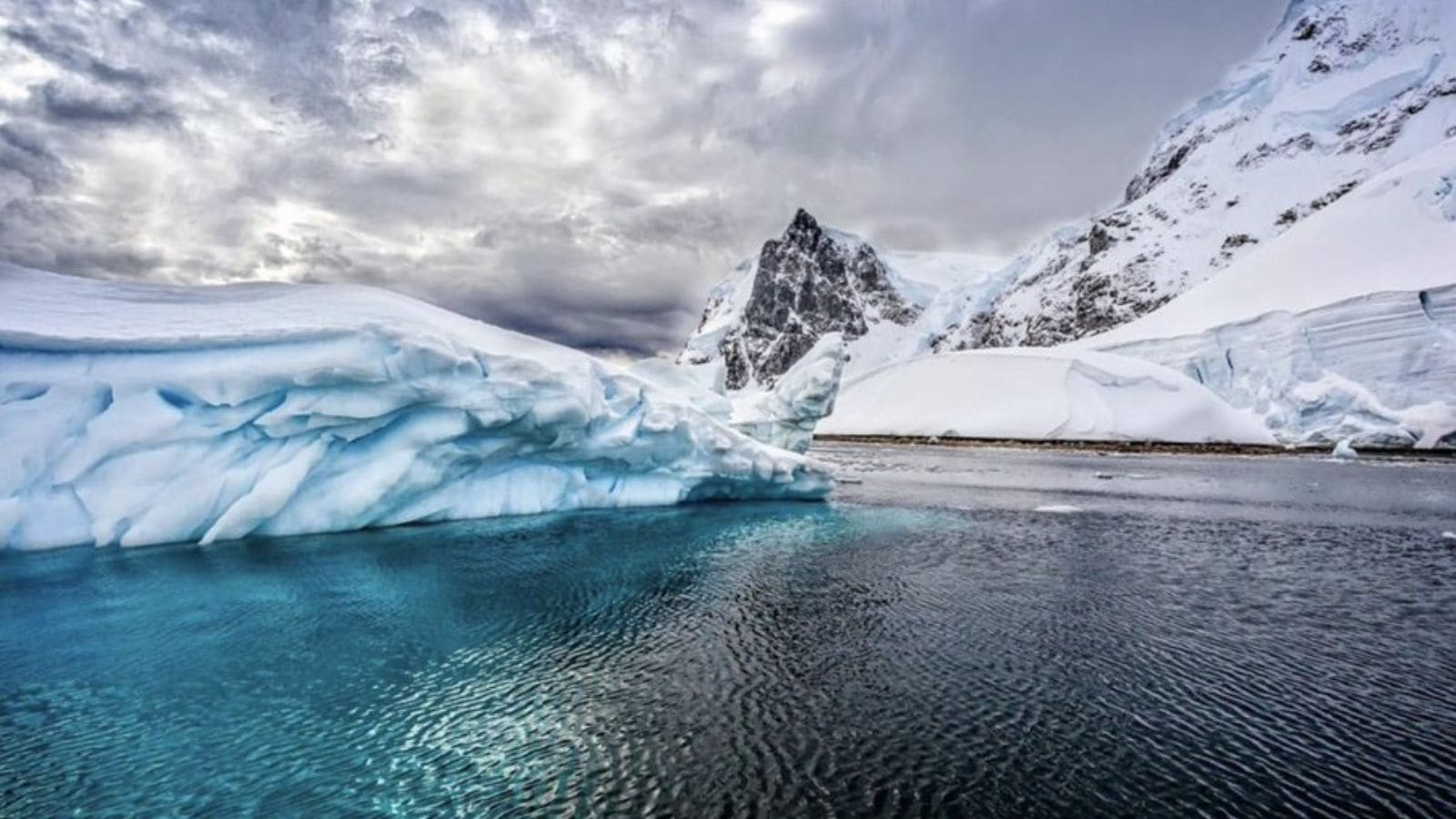Scientists have discovered 332 submarine canyons beneath Antarctica’s ice, a fivefold increase on what was previously known.
The new map, published in the journal Marine Geology, was created using high-resolution bathymetric data gathered from more than 40 international research expeditions. Researchers from the University of Barcelona and University College Cork led the study.
Canyons deeper than 4,000 metres
Many of these deep valleys had gone undetected because of the difficulty of collecting sonar data beneath floating ice shelves and across Antarctica’s remote coastline. Some canyons reach depths of more than 4,000 metres, channelling sediments, nutrients, and water between the continental shelf and the deep ocean.
Dr David Amblàs from the University of Barcelona told the Daily Galaxy, “This is the first time we have a coherent view of these systems across the entire Antarctic margin. These features are not only widespread, but they are also connected to past and present ice dynamics.”
Differences between East and West Antarctica
The research highlights differences between East and West Antarctica. In the east, canyon systems are more branched and extensive, suggesting a long history linked to stable ice sheets. In the west, canyons are steeper, straighter, and shorter, which points to more recent and episodic glacial activity.
 Overview of the study area, with zone subdivision and extent of the MBES cover. (Photo: Marine Geology)
Overview of the study area, with zone subdivision and extent of the MBES cover. (Photo: Marine Geology)
Dr Alan Condron of Woods Hole Oceanographic Institution said these differences are important because they help scientists “reconstruct the ice flow history” and improve models that predict how ice will respond to warmer temperatures.
The canyons also play a key role in the way Antarctic waters move. Dense, salty water from the continental shelf flows down into the Southern Ocean through these channels, driving global circulation that helps regulate temperature and nutrients across the world’s oceans. At the same time, warm water from the deep ocean can rise through the canyons, reaching beneath ice shelves and speeding up melting.
Story continues below this ad
“This canyon-driven water exchange is not a minor side process it’s central to how heat reaches the ice and how fresh meltwater escapes into the ocean,” Dr Condron told the Daily Galaxy.
Until now, many climate models had treated Antarctica’s seafloor as relatively flat. Researchers say the new atlas allows for more accurate predictions of how fast ice will be lost and how much this will add to sea-level rise.
According to the study, understanding these canyon systems is vital, as they could determine how quickly melting glaciers reach the ocean a factor with direct consequences for coastal communities worldwide.
© IE Online Media Services Pvt Ltd

